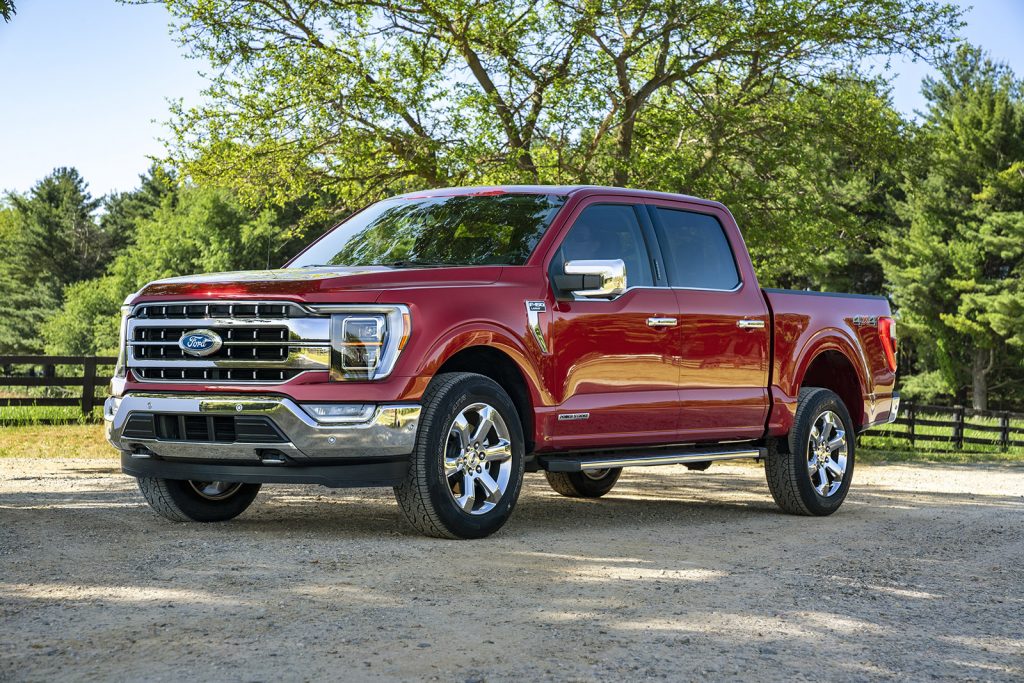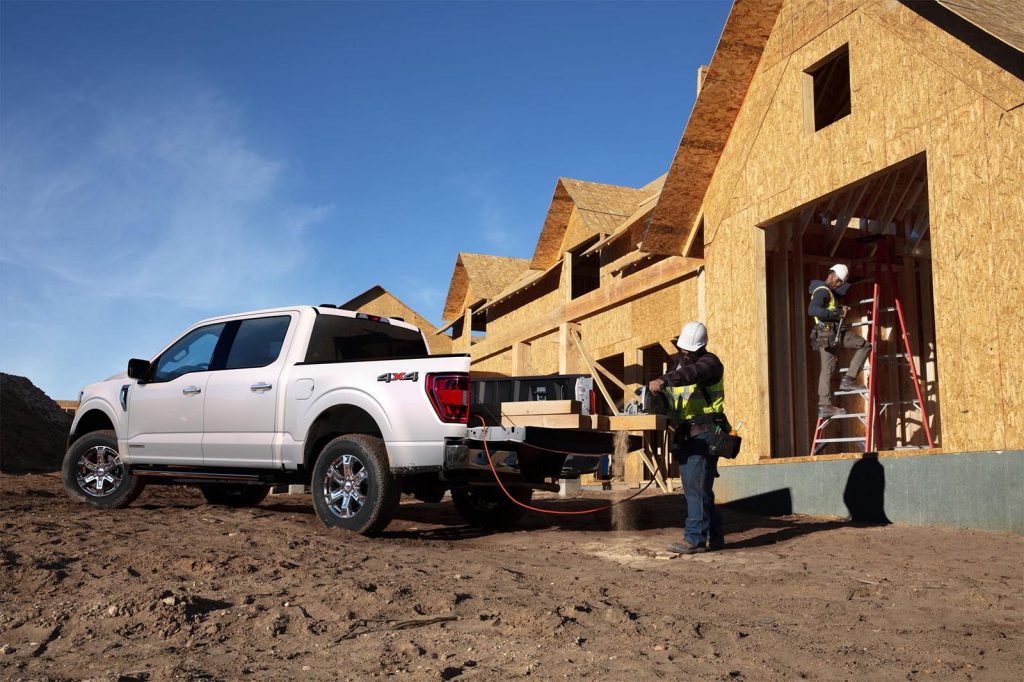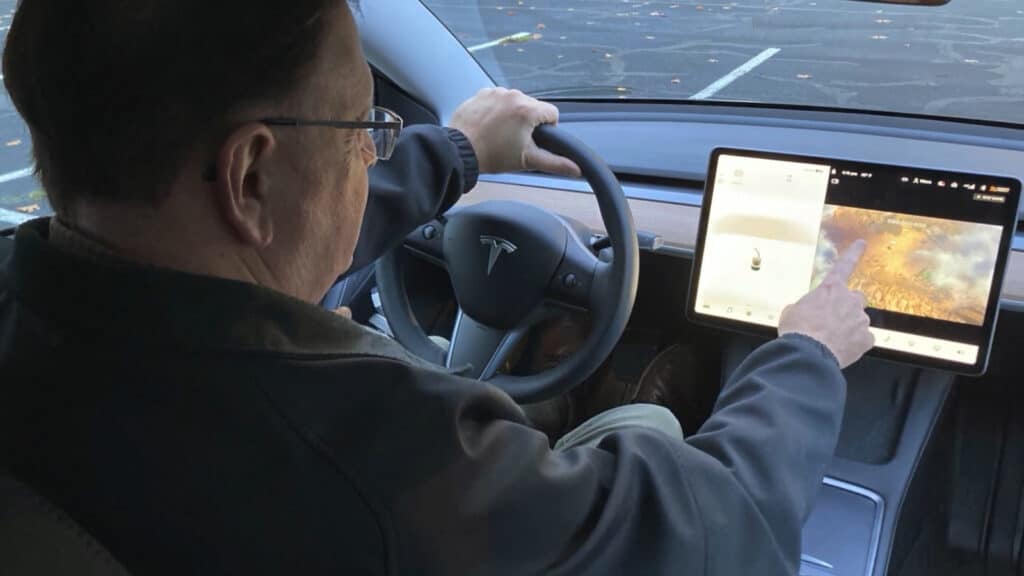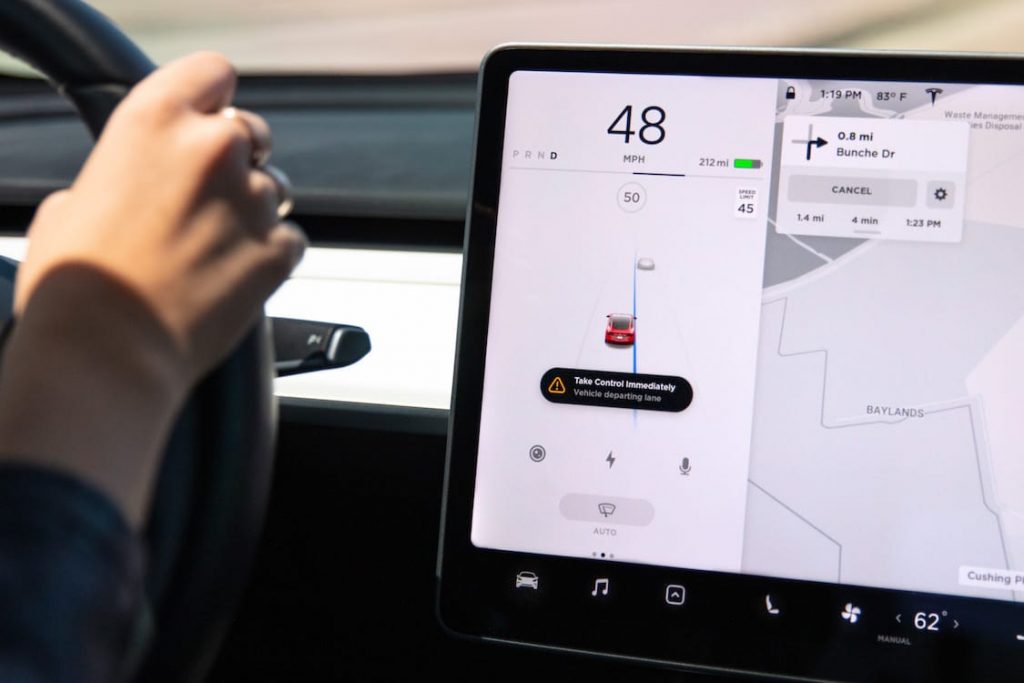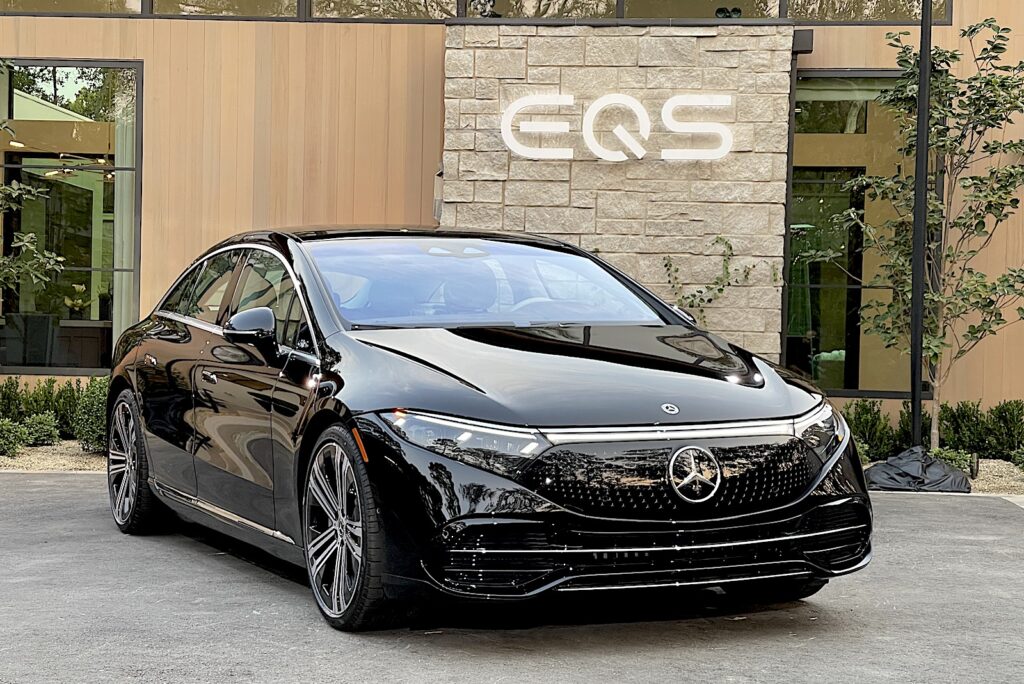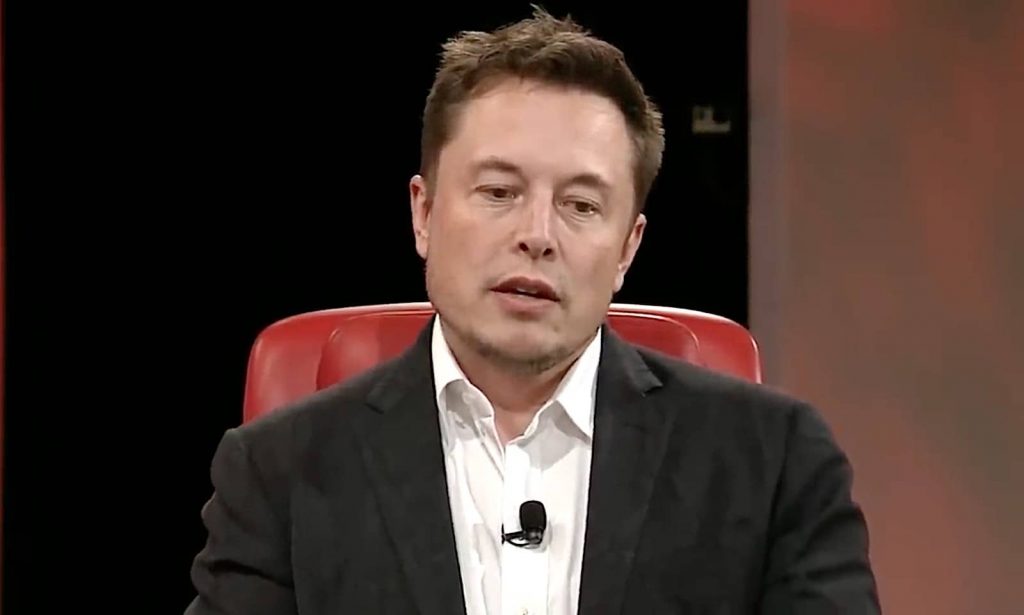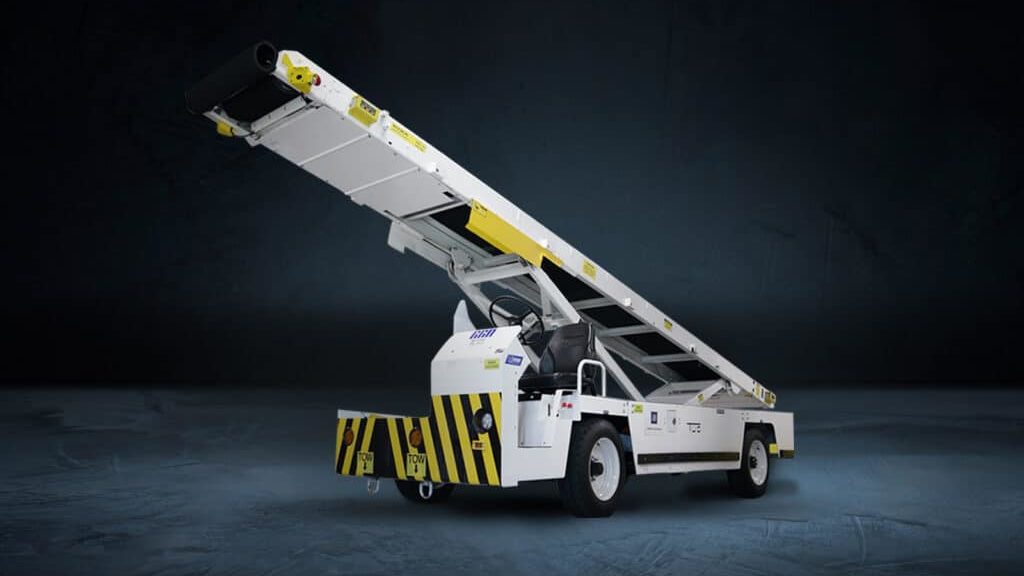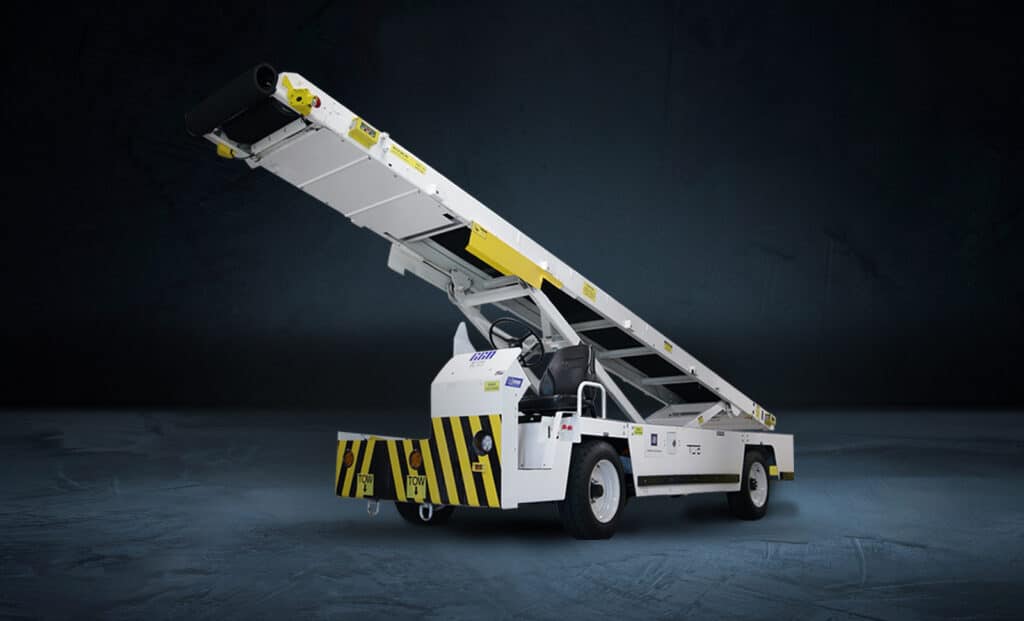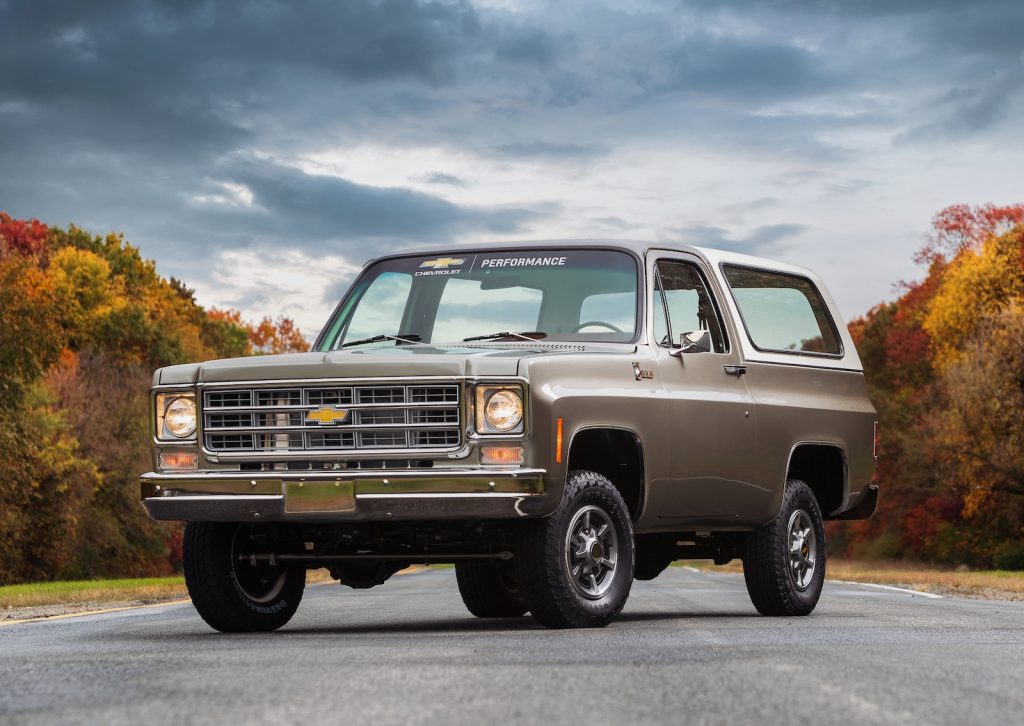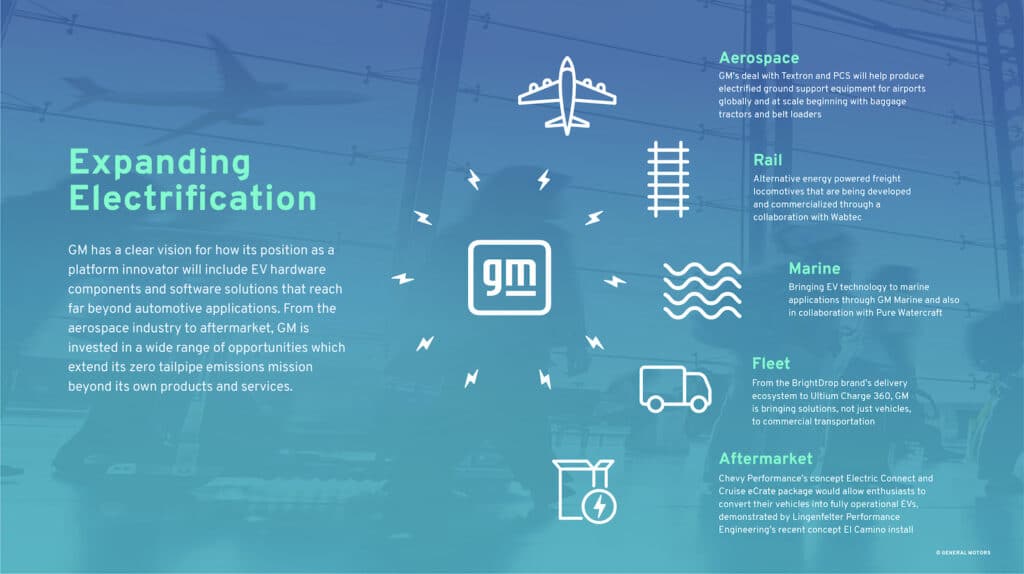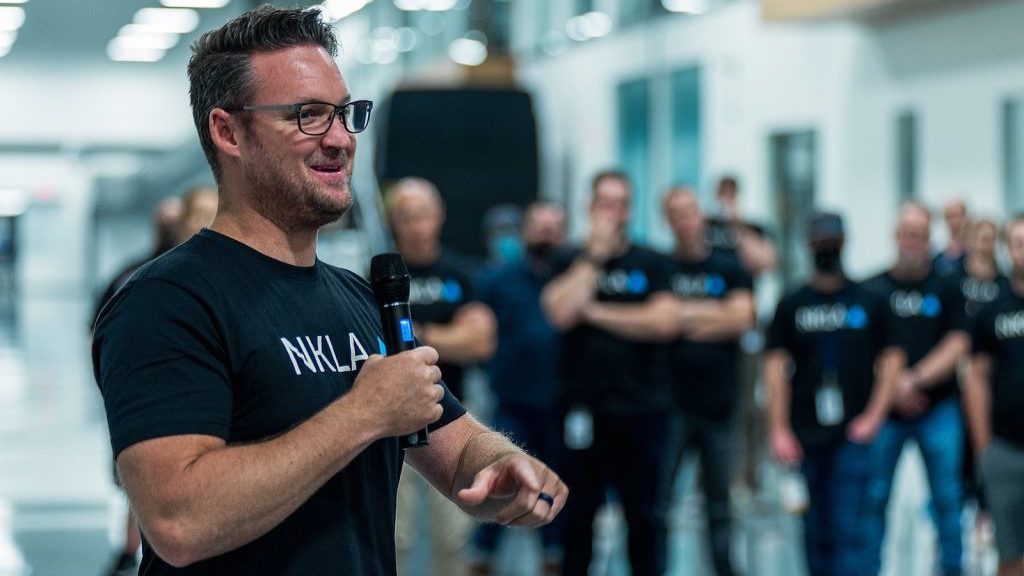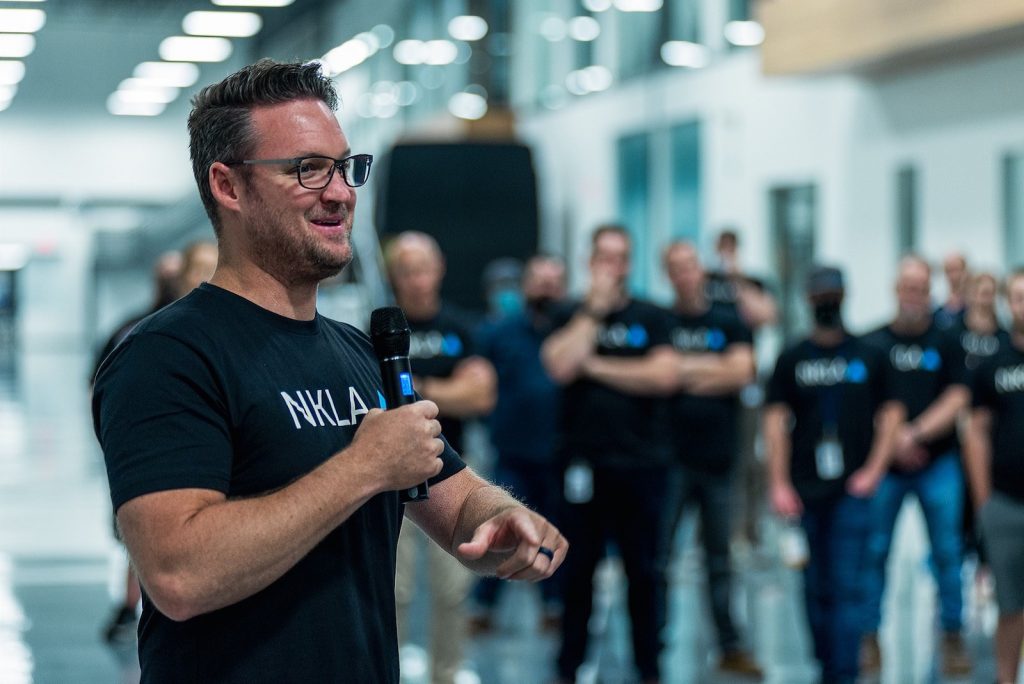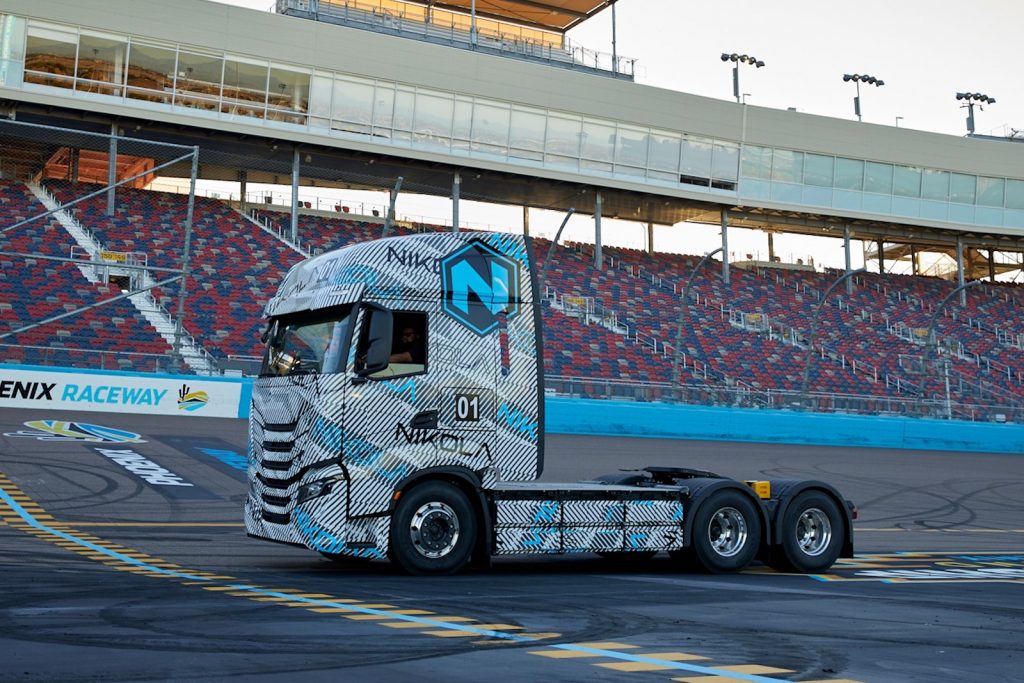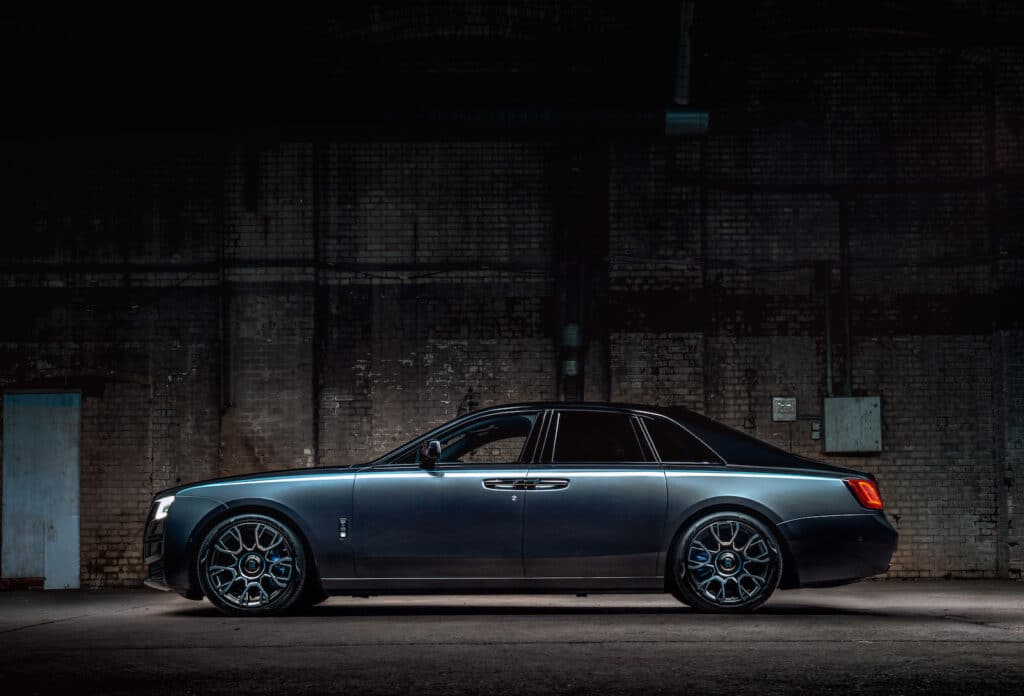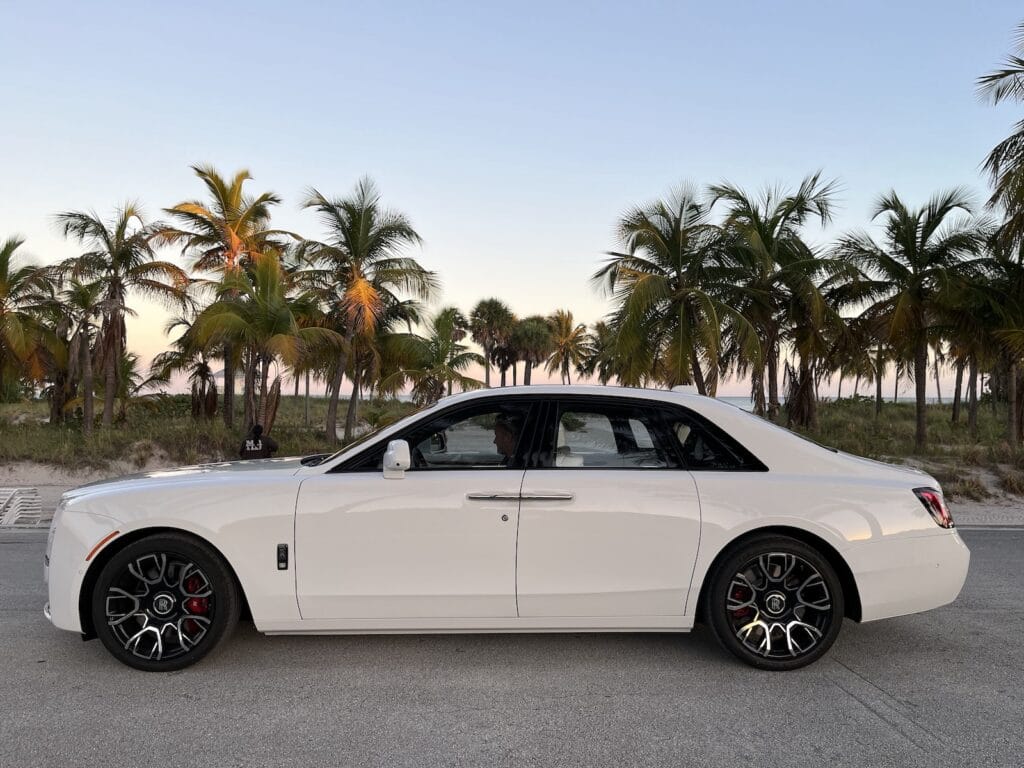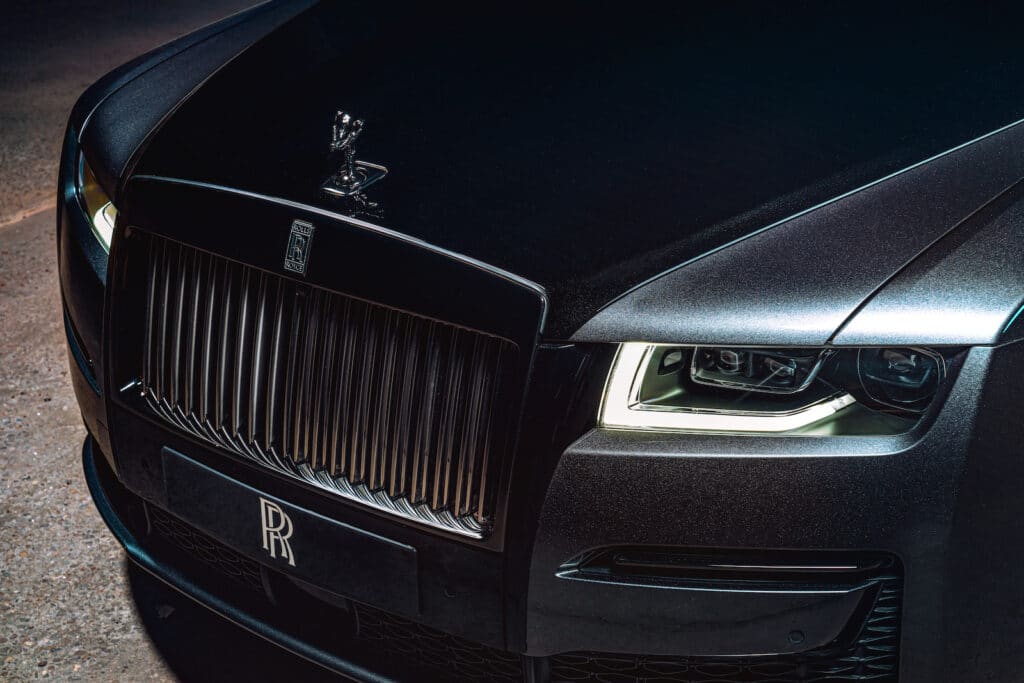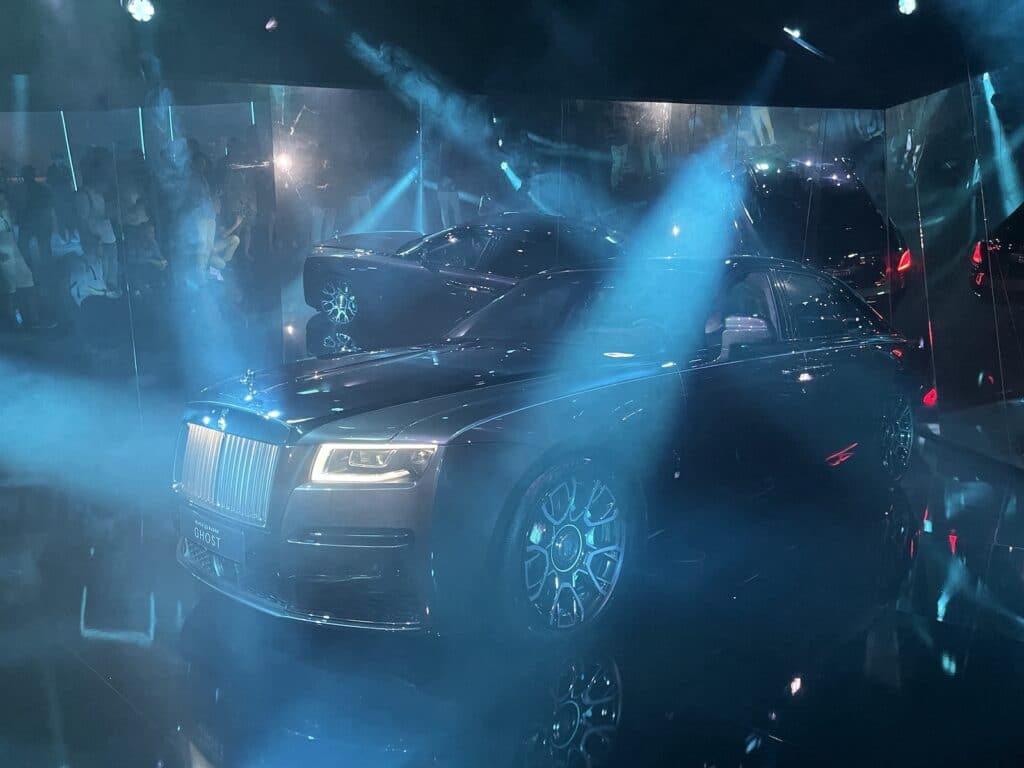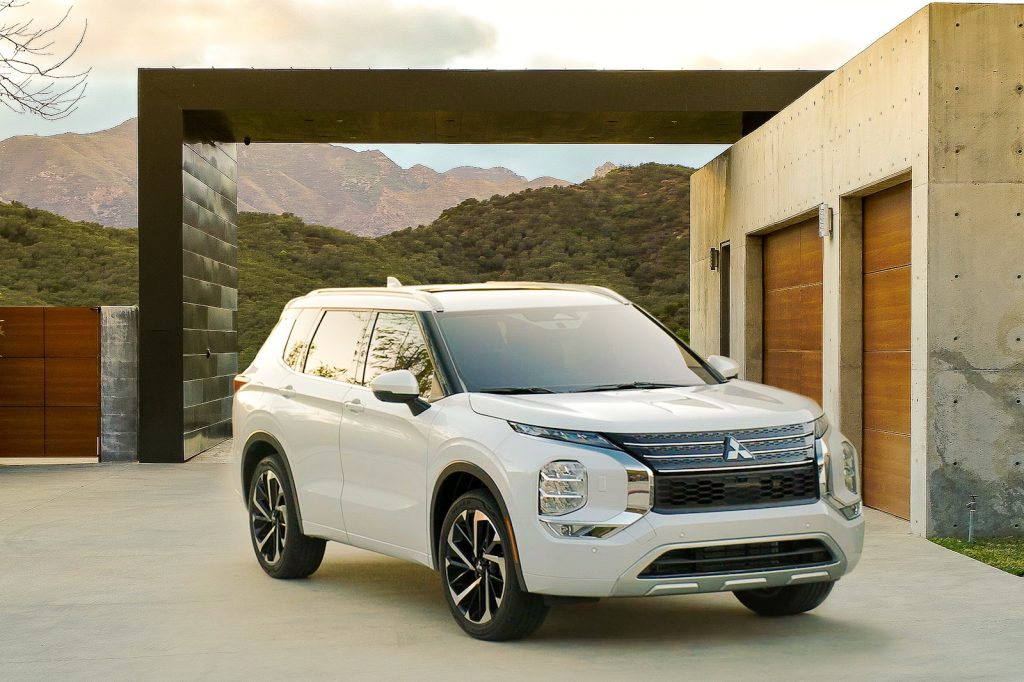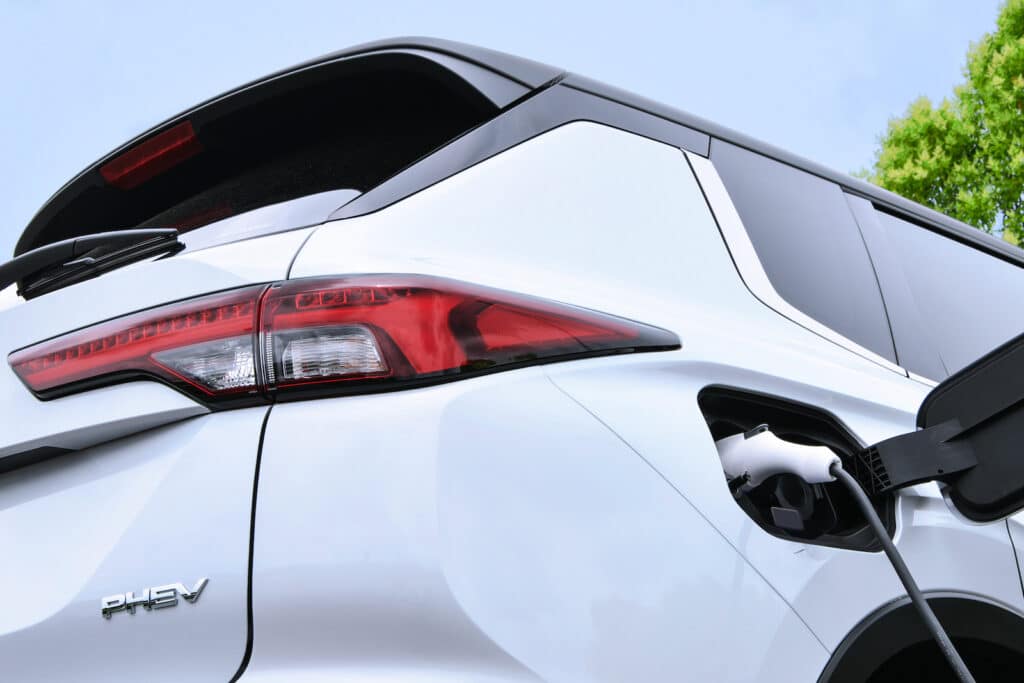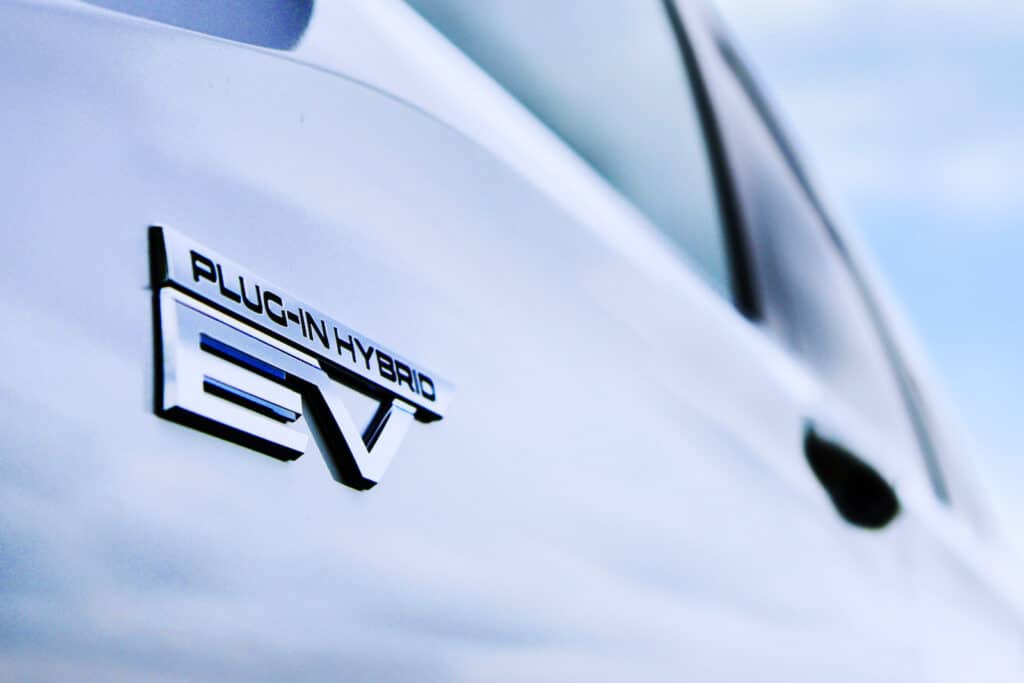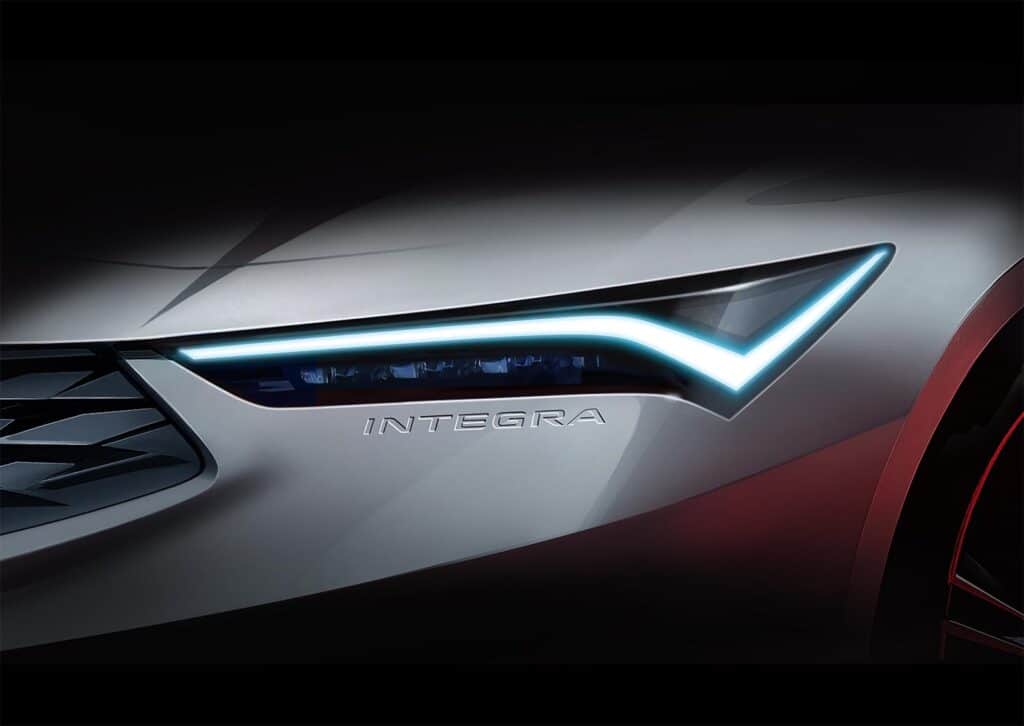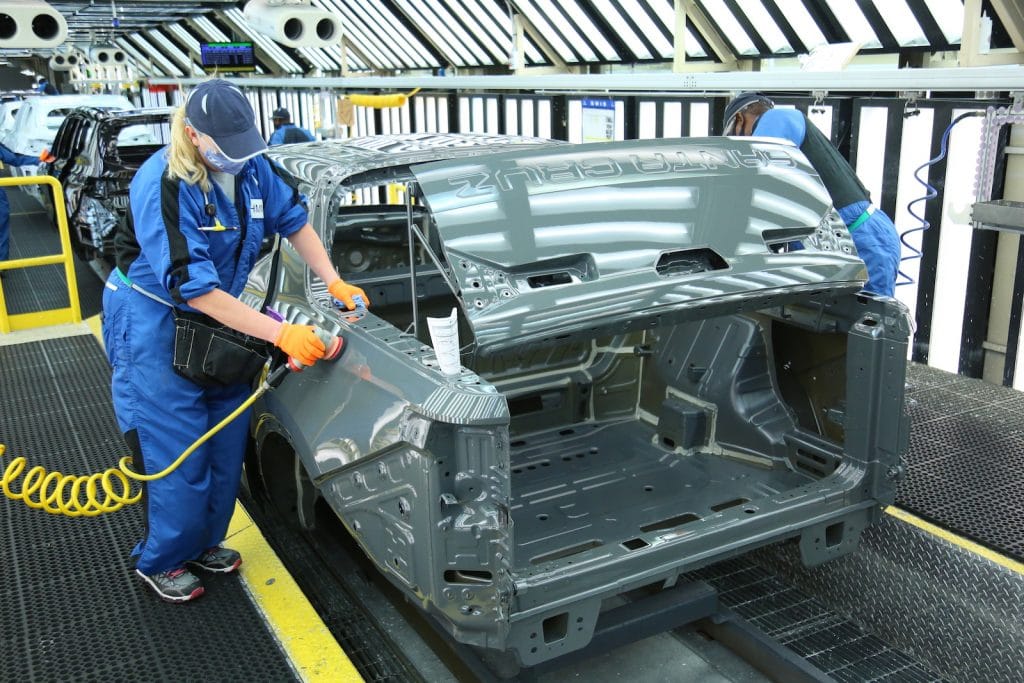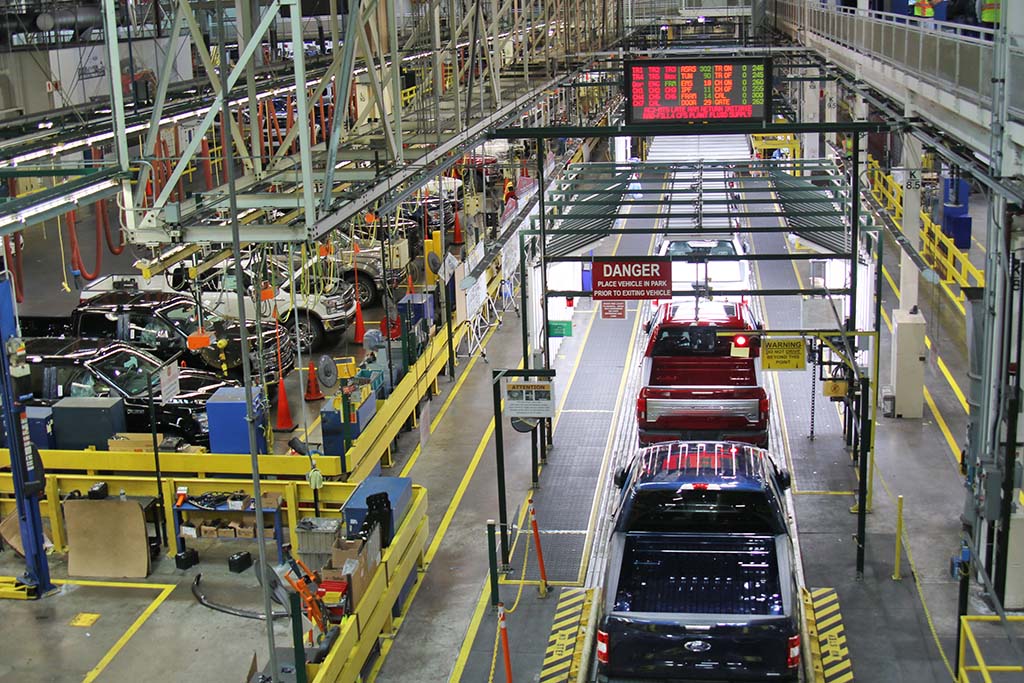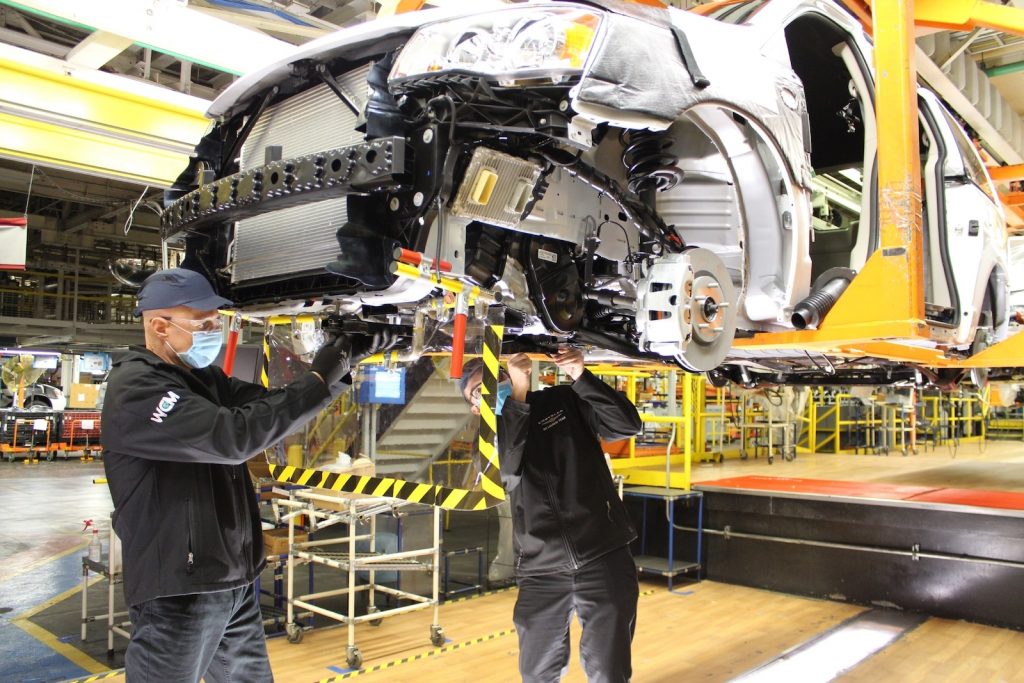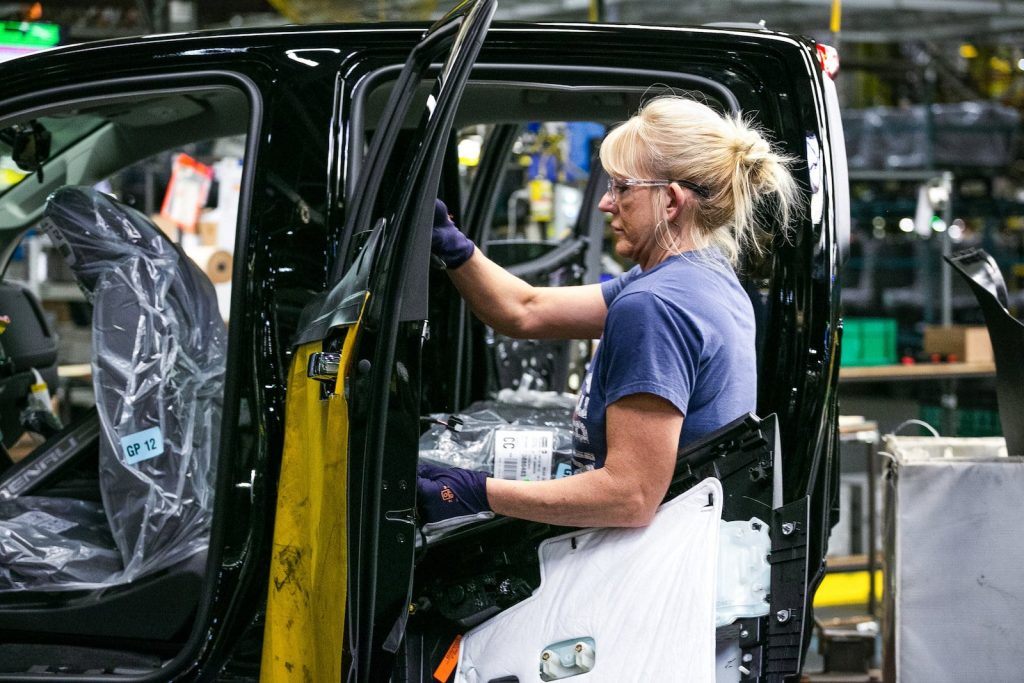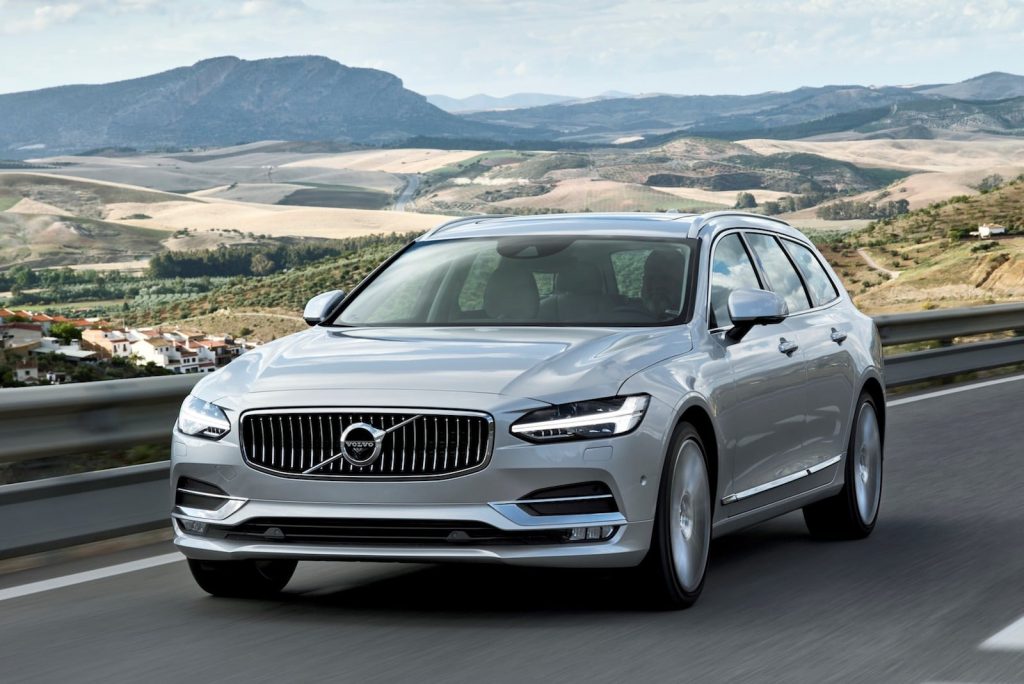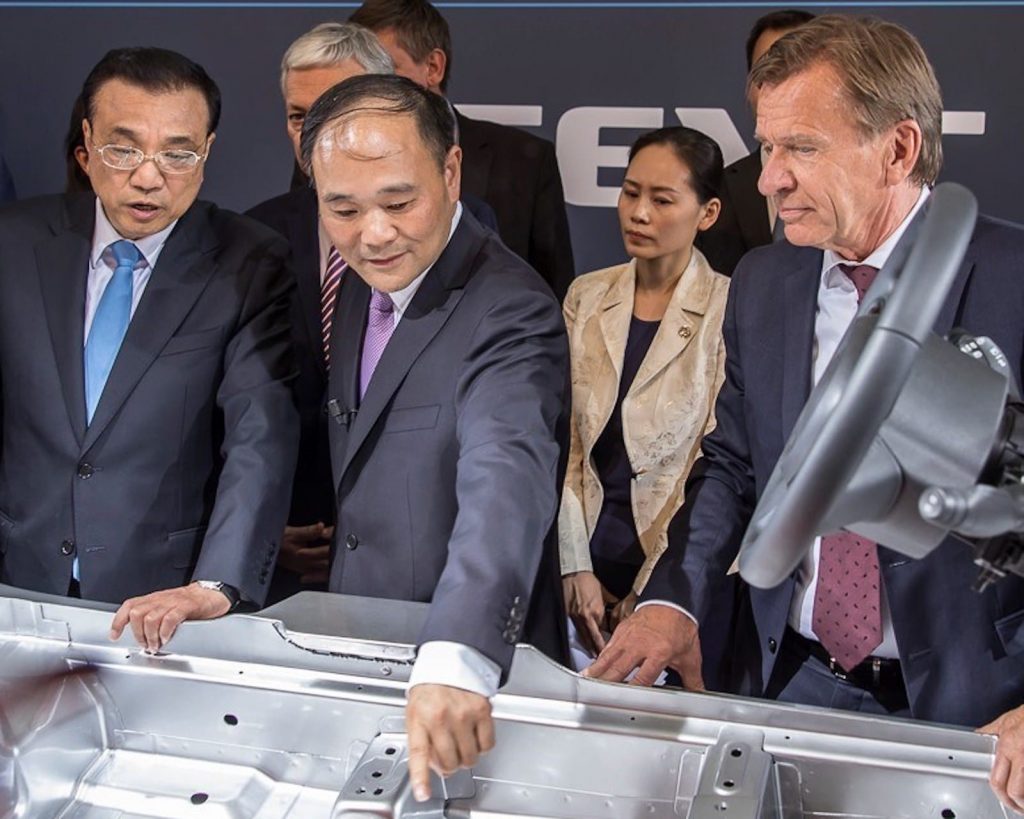Gasoline prices in the U.S. are caught between an uptick in holiday travel and the fear of the impact of new variants of COVID-19, resulting in downward pressure on prices.

GasBuddy.com, which tracks the price of gasoline nationally, reported the average price of a gallon of gasoline is now $3.30. It dropped by more than a half-cent earlier this week and is down 2.6 cents per gallon from last week.
The prices are down 11.5 cents per gallon from last month when prices peaked across the country ahead of the Thanksgiving holiday prior to the appearance of the Omicron variant of COVID-19, which is creating new turbulence throughout the economy.
Factors in the decline
AAA noted in its weekly report on gasoline prices the demand for fuel increased as consumer confidence jumped heading into the holiday season. However, fears of the COVID-19 omicron variant’s economic impact may threaten future global oil consumption, AAA said.
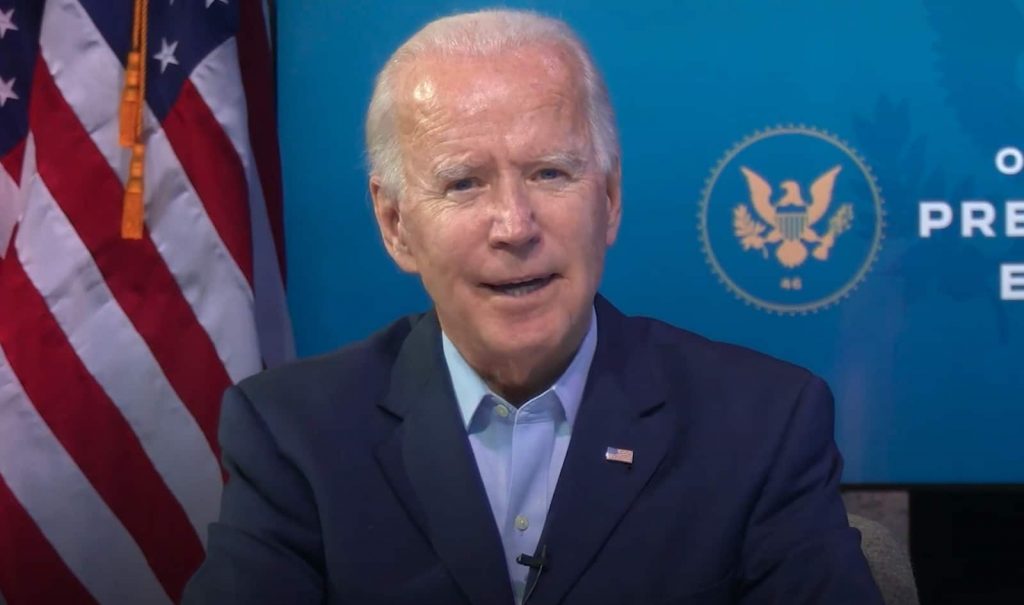
“A recovering economy coupled with strong employment is leading to increased demand for gasoline,” said Andrew Gross, AAA spokesperson. “This demand increase should drive pump prices higher, but it’s been blunted by the wavering price of crude oil.”
As a result, pump prices fell again last week as crude oil prices wobbled — neither rising steadily nor falling rapidly. The national average for a gallon of gas dipped three cents to $3.30, according to AAA.
According to recent data from the Energy Information Administration, or EIA, total domestic gasoline stocks decreased by 700,000 barrels to 218.6 million barrels last week, AAA said.
In addition, fluctuations in the price of crude oil put downward pressure on prices. Last week, crude prices crept above $70 per barrel and if oil prices continue to climb, pump prices will likely follow suit.

Oil prices waver on news
Overall, crude prices declined last week due to growing market concerns that the omicron variant of COVID-19 will lead to a decrease in demand as governments around the globe increase measures to curb transmission rates. The EIA reported gasoline stocks are 14% lower than mid-December 2020. For this week, crude prices could drop further if omicron concerns carry on.
Meanwhile, President Joe Biden observed this week in 21 states the price of gasoline is the same now as it was at point in 2019 before gasoline prices sunk on heels of a global recession that followed the outbreak of the COVID-19 pandemic.
Among the states with the largest declines in prices were Indiana and Michigan where prices dropped by six cents per gallon. In Ohio, Arizona, Illinois it dropped by a nickel per gallon and Florida and Colorado it was down four cents per gallon, according to AAA.
AAA said the most expensive gasoline was in California, which is generally the case, where it averaged $4.66 per gallon. Prices in Oregon and Nevada averaged $3.86 per gallon.



